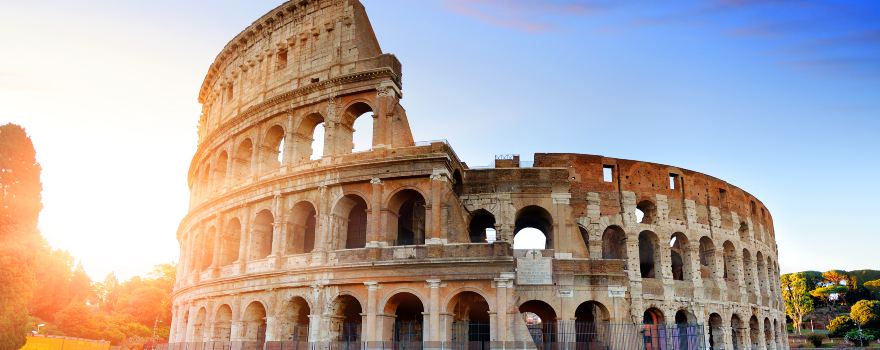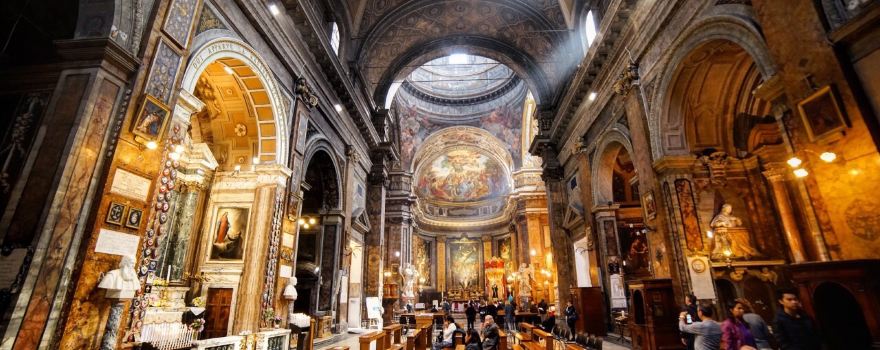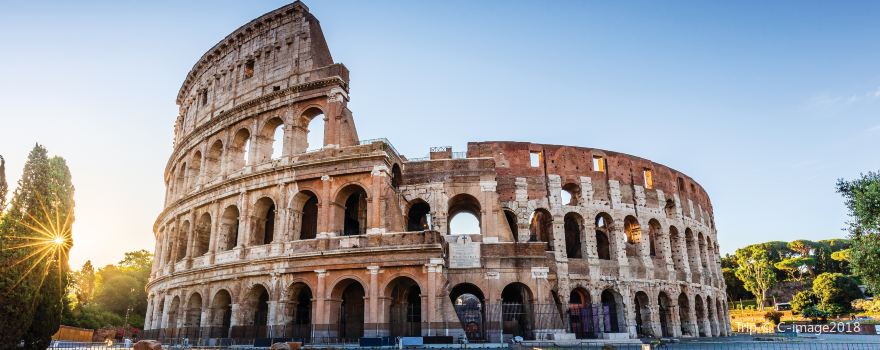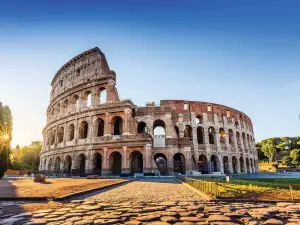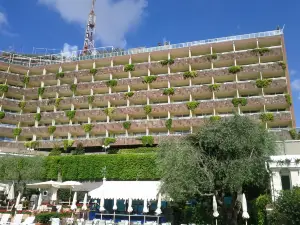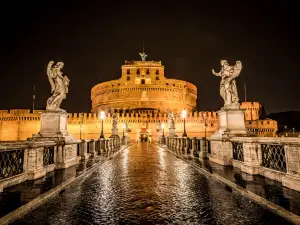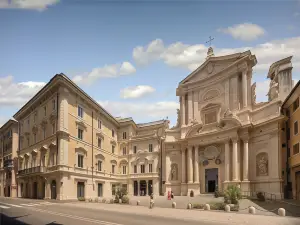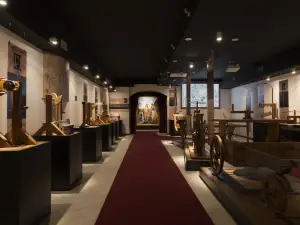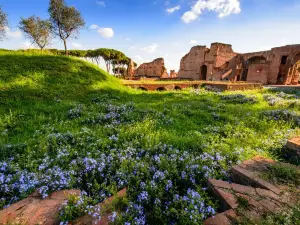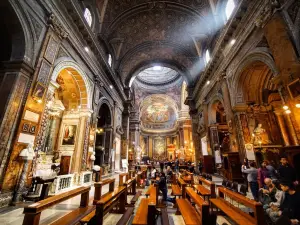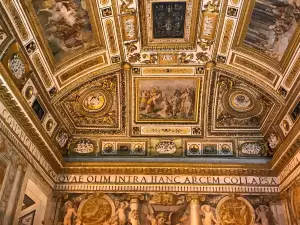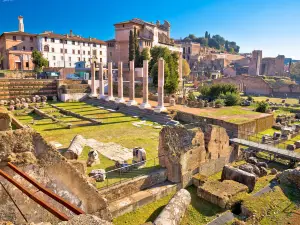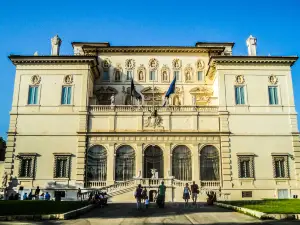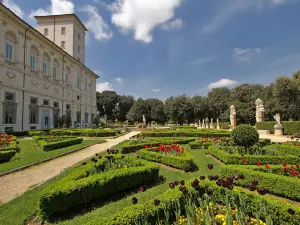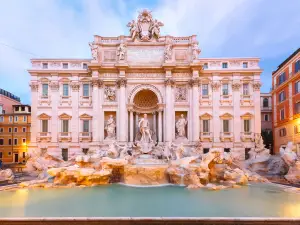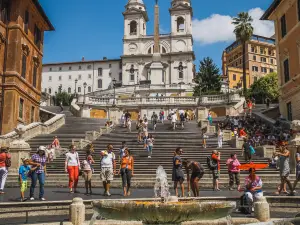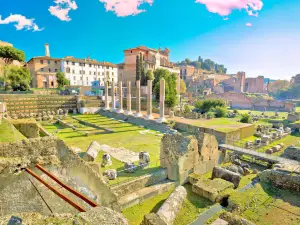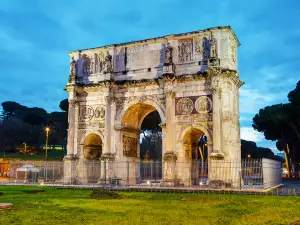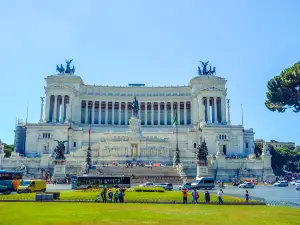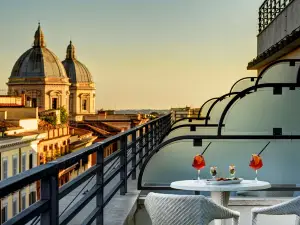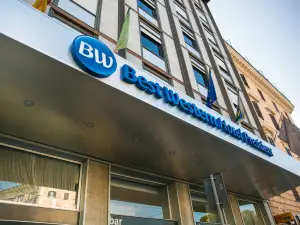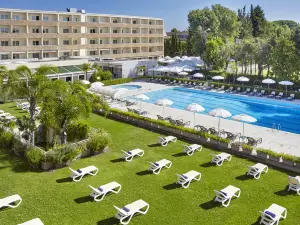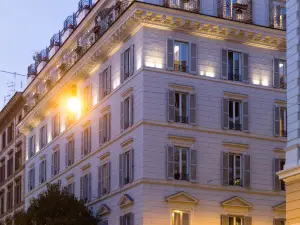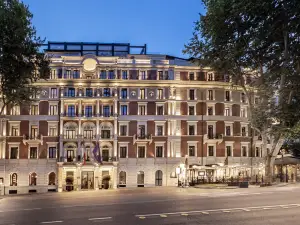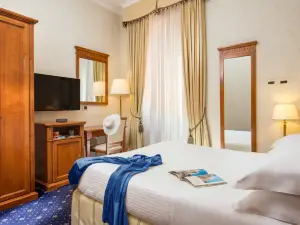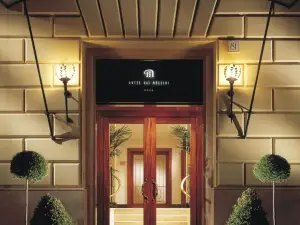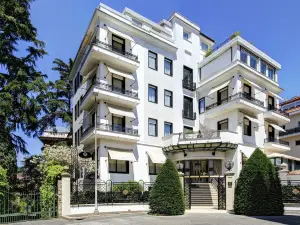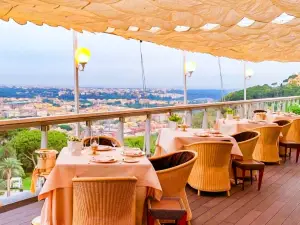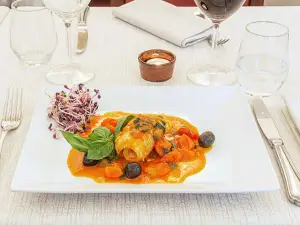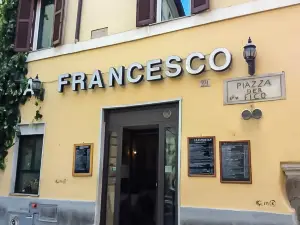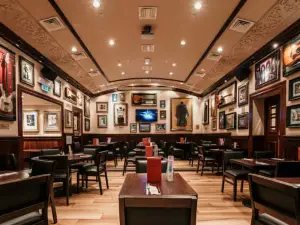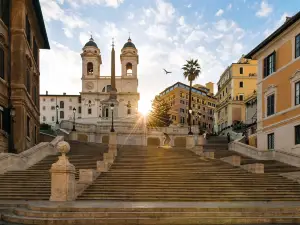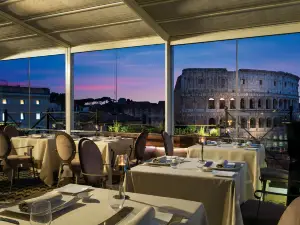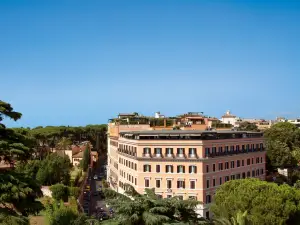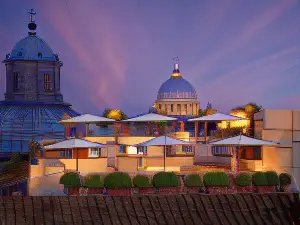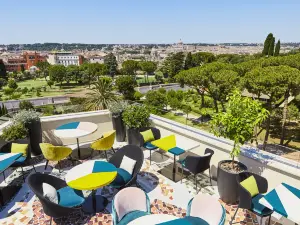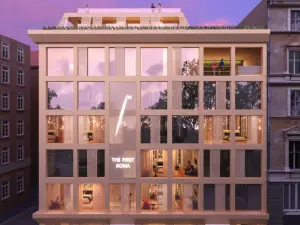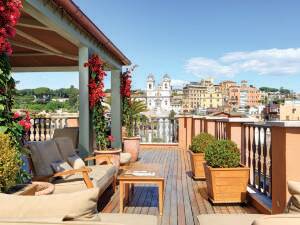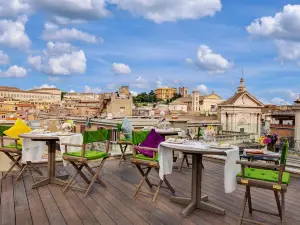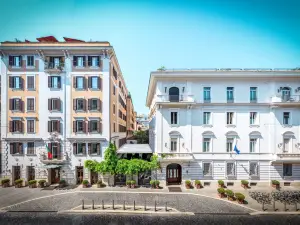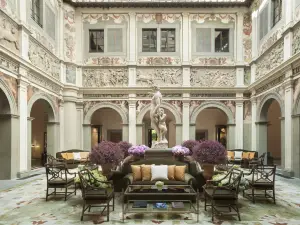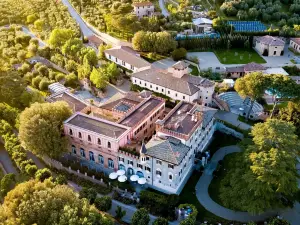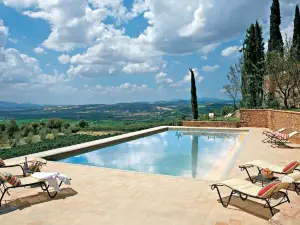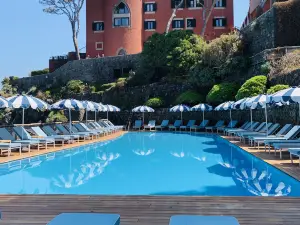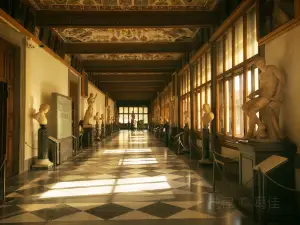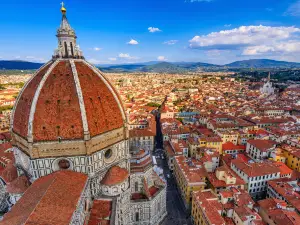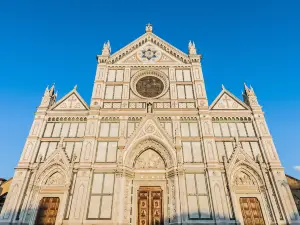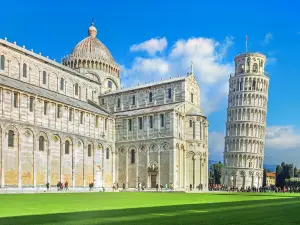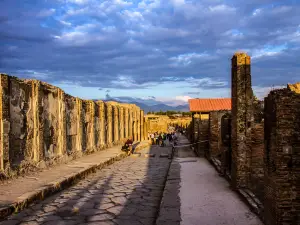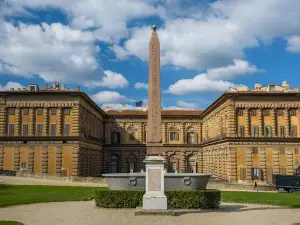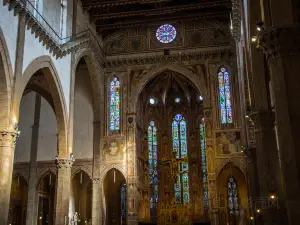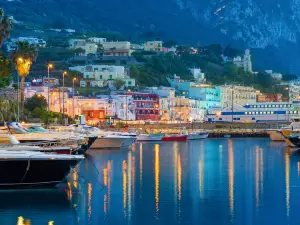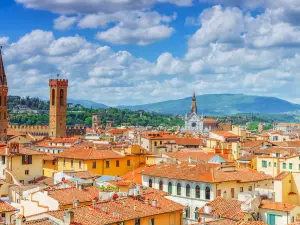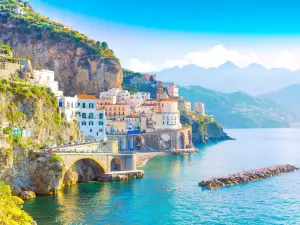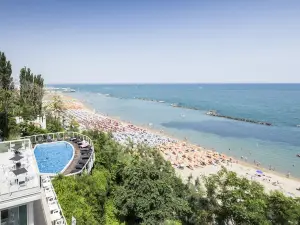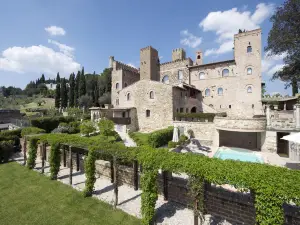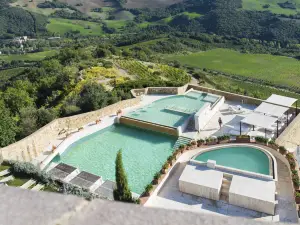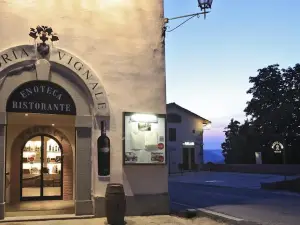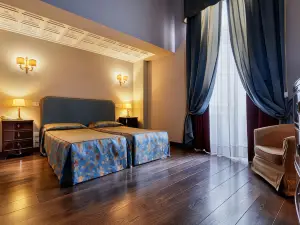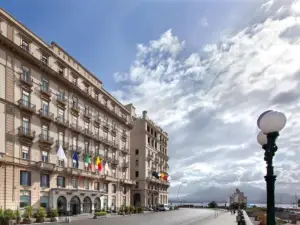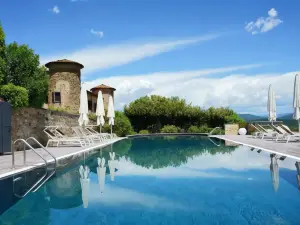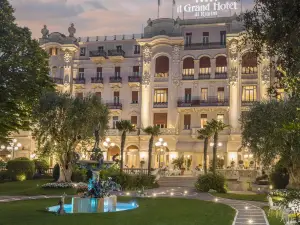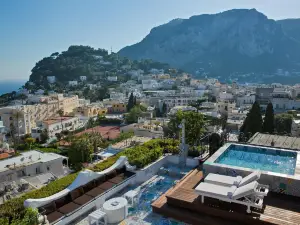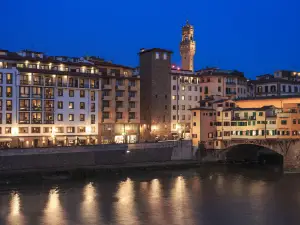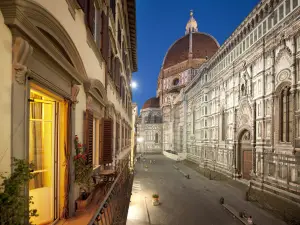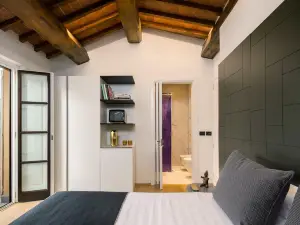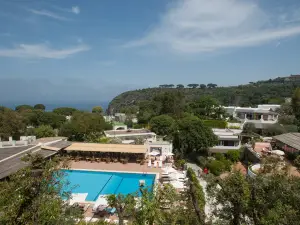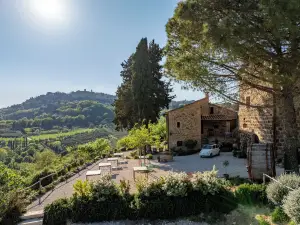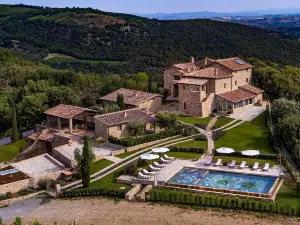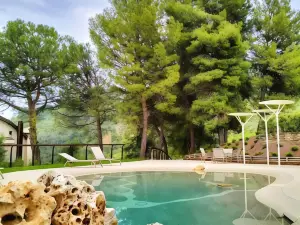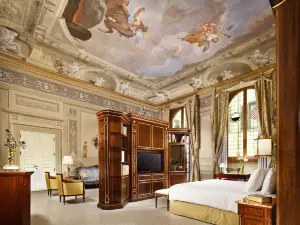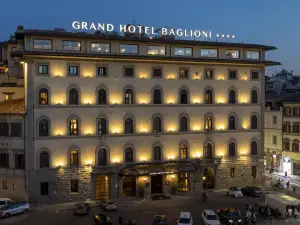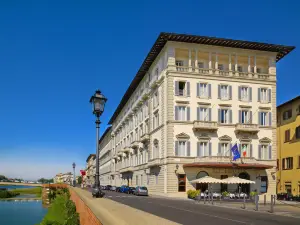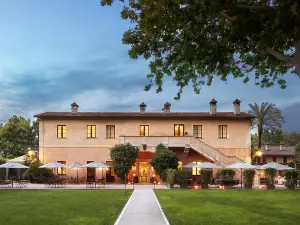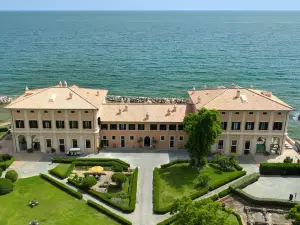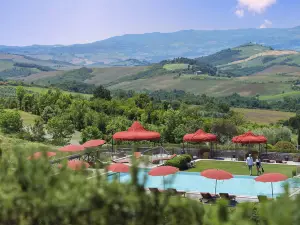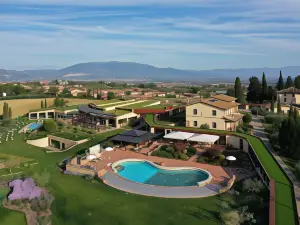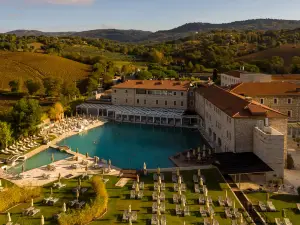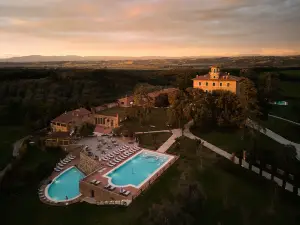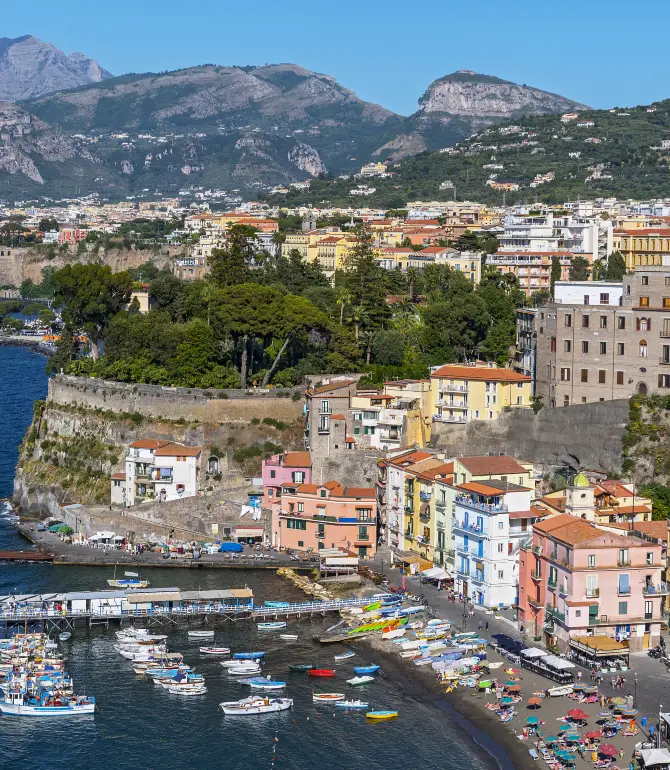Things to Do in Rome in 2025 - Top Attractions, Local Food, Hotels & Travel Tips (Updated April 2025) | Trip.com
About Rome
Recommended trip: 2–4 day(s)
Recommended trip: 2–4 day(s)Current Weather Conditions
Rome Local Experiences Map

Trending in Rome
Rome Local Travel Guide 2025
Rome Brief Guide
Rome is Italy's capital city and, in classical antiquity, the center of the Roman Empire. Because of the city's long and storied history, it is known as the "Eternal City". Presently, Rome has become a large "open-air history museum". Inside the city, many traces of ancient Rome have been preserved. You can go to the Colosseum—one of the symbols of the powerful ancient Roman Empire. At the Roman Forum, you will be shocked and amazed by the prosperity of the ancient imperial world. The Pantheon is a place where you can see architectural miracles constructed over 1,000 years ago. Within the city of Rome, there is also a country within a country—Vatican City. This is a place where you can experience the ultimate in Christian religious art and see many masterpieces left behind by Renaissance masters.
Rome Must-try Local Experiences
1. Embark on a Roman Heritage Journey Explore Rome's iconic landmarks like the Colosseum, Roman Forum and Trevi Fountain. These sites offer a glimpse into the grandeur and history of ancient Rome. 2. Experience Vatican The Vatican is an independent sovereign state located within the city limits of Rome. Discover Vatican 's treasures, including St. Peter's Basilica, the Vatican Museums, and the Sistine Chapel. Marvel at Michelangelo's masterpieces and the grandeur of the Papal residence. 3. Stroll Through Piazza Navona and the Pantheon Experience the vibrant Piazza Navona with its stunning fountains and street artists. Nearby, visit the Pantheon, a marvel of ancient engineering. 4. Climb the Spanish Steps Ascend the iconic Spanish Steps and enjoy the view from the top. This popular spot is surrounded by elegant shops and offers a picturesque setting for photos. 5. Experience a Traditional Roman Opera Attend an opera performance at the Teatro dell'Opera di Roma to experience Italy's rich musical heritage and classical performances. 6. Explore the Art of Caravaggio Visit churches and galleries showcasing Caravaggio's works. His dramatic use of light and shadow is a must-see for art enthusiasts. 7. Indulge in the Flavors of Rome Savor Roman dishes like 'Cacio e Pepe', 'Carbonara', and 'Pizza Romana'. Don't miss authentic Italian gelato. 8. Explore Via del Corso Stroll along Via del Corso, lined with high-end boutiques and local shops. It's perfect for a shopping spree while soaking in the historical ambiance. 9. Snap a Picture at the Keyhole of the Knights of Malta Peek through the famous keyhole on Aventine Hill for a unique view of St. Peter's Basilica. This hidden gem is a favorite among photographers. 10. Throw a Coin in the Trevi Fountain Participate in the tradition of tossing a coin into the Trevi Fountain to ensure your return to Rome.
Rome Must-see Attractions
Rome is a city steeped in history, with iconic landmarks like the Colosseum showcasing ancient engineering, the Pantheon's architectural brilliance, the Trevi Fountain's Baroque artistry, the Roman Forum's historical significance, and Castel Sant'Angelo's multifaceted past, each offering visitors a unique window into the city's rich cultural heritage.
Rome Food Guide
Rome's food scene is a rich tapestry of flavors, featuring the highly esteemed white truffle, traditional pastas like fettuccine and ravioli, a variety of pizzas from ancient flatbreads to modern interpretations, the quintessential cucina povera dish Coda alla Vaccinara, and diverse panini offerings that showcase the city's commitment to quality ingredients and culinary innovation.
Rome Transportation
Leonardo da Vinci International Airport in Fiumicino (FCO) is the primary gateway to Rome, renowned for its quality services and operational efficiency. It is located about 30 km from the city center and offers a range of transportation options to reach Rome, including the Leonardo Express train, which provides a non-stop connection to Roma Termini Station in approximately 32 minutes. Additionally, shuttle buses and taxis are available for transfers to the city. Ciampino Airport (CIA) is the secondary airport, mainly serving low-cost airlines and located southeast of Rome. Transportation to the city from Ciampino includes taxis, trains, and buses, with the airport being closer to the city than Fiumicino. Rome's main bus stations, such as Tiburtina and Termini Bus terminals, are vital for intercity travel. Termini Bus terminal is centrally located and offers amenities like a nearby train station and metro station, making it a convenient hub for travelers. Tiburtina Bus terminal, while slightly further from the city center, also provides essential services and alternative transportation options like taxis.
Rome Where to Stay
Rome is a city steeped in history and culture, offering a diverse array of accommodation options across its many distinct neighborhoods. Visitors can choose from areas rich in ancient history, bustling with nightlife, or offering a more tranquil, residential atmosphere.
Rome Best Time To Visit
The best time to visit Rome is during the shoulder seasons of spring and fall. Specifically, mid-March to April and September to early November offer pleasant weather for staying outdoors and sightseeing, with fewer crowds than the high season. The mild temperatures during these months are ideal for exploring Rome's ancient sites and enjoying outdoor dining experiences. Additionally, the city's vibrant colors in spring and the golden hues of autumn provide a stunning backdrop for leisurely strolls and photography. For budget travelers, November to February presents an opportunity for better deals on accommodations and flights, with the added benefit of experiencing the city's festive atmosphere and major retail sales.
Rome Travel Tips
1. Book Vatican Museums and Colosseum in Advance: The Colosseum require advance reservations. Booking tickets online ensures faster access and avoids long lines. During peak seasons, tickets can sell out quickly, so booking ahead guarantees entry and a smoother experience. 2. Respect Dress Codes in Churches: Many churches in Rome, require visitors to dress modestly. Shoulders and knees must be covered. Men should remove hats, while women can keep theirs on. Carry a light scarf or shawl for quick coverage. Jeans and sandals are acceptable. 3. Respect Siesta Hours: Many small shops and businesses close for a few hours in the afternoon. Plan your shopping and errands accordingly. 4. Beware of Pickpockets: Pickpocketing is common in crowded tourist areas. Keep your belongings secure and be vigilant, especially in places like Termini Station and popular attractions. Use a money belt, avoid back pockets, and always zip up your bags. Be cautious of distraction techniques like commotions or people asking for help. Stay aware of your surroundings to enjoy a safe trip. 5. Avoid Photography in Churches: Many churches in Rome prohibit photography inside to preserve the sanctity of the space. Always check for signs and respect these rules. Flash photography and tripods are generally not allowed, and it's best to avoid taking photos during services. 6. Photography in Museums: Most museums in Rome allow non-flash photography, but some strictly prohibit it. Tripods, selfie sticks, and professional equipment are generally not allowed. Always check the rules before taking photos.
Rome Useful Guide
The official language of Rome is Italian, a Romance language with Latin origins, widely spoken by the local population. While Italian is prevalent, travelers can often find translation services and language apps to assist with communication. Rome's history of multilingualism, dating back to Latin and Greek in ancient times, has evolved into the modern Italian spoken today. Tourists are encouraged to learn basic Italian phrases, but English is commonly used, especially in tourist areas, making it a helpful tool for effective communication. Gestures and non-verbal cues also play a significant role in interactions.
Trip.Best: Rome
Things to do in Rome
What to Do
Roman Forum
Villa Borghese
Piazza di Spagna
Civita di Bagnoregio
Piazza Venezia
Where to Stay
What to Eat
Rome Moments: Through Travelers' Eyes

3 Days, 2 Nights in Rome: A Timeless Itinerary** *La Dolce Vita Awaits!

The Best of Italy in 4 Days: Milan, Cinque Terre, Florence, and Rome

4-Day Italian Adventure for Just 4k per Person

🇮🇹 Rome | Must-Visit Places

8-Day Italy Tour: A Must-Have Guide for a Romantic Winter Trip

Rome

Harry Potter In Rome

1-Day Rome Itinerary
What People Are Saying About Rome
Pantheon
Colosseum
Castel Sant'Angelo
Roman Forum
Borghese Gallery and Museum
Villa Borghese
Trevi Fountain
Piazza di Spagna
Palatine Hill
Arch of Constantine
Rome: FAQ

What's the most popular attractions in Rome?

What is the best season to visit Rome?

What's the best food in Rome?
Best of Rome
Site Operator: Trip.com Travel Singapore Pte. Ltd.

